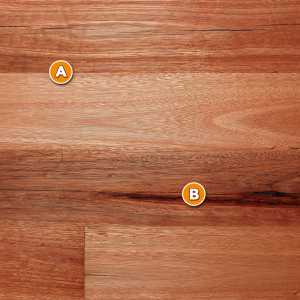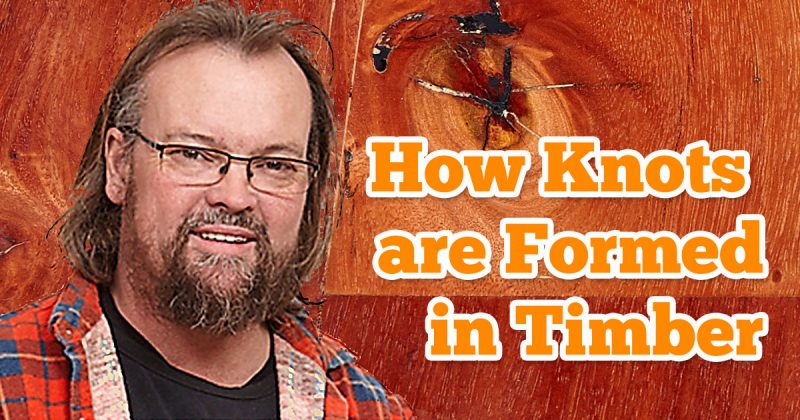How Knots in Hardwood Timber are Formed
Published By professor at May 11, 2017 ·
The Knots in Hardwood Timber – Insight Look
A node is a particular type of imperfection in a piece of structural timber, which reduces its force, but which can be exploited for the artistic effect. In a longitudinal-sawn board, a node will appear as piece (usually darker) “full” harshly circular with wood around whose the harshly parallel fibres (grain) of the remainder of “runs” (parts and joined).
 A node is really part of a side branch (or a dormant bud) included in the wood of the stem or the larger branch. The part included is irregularly conical in the form (consequently the harshly circular cross section) with the end at the point in diameter of stem at which the cambium of the factory was located when the branch formed like bud. In a node, the fibre direction (grain) is of up to 90 degrees of different from fibres of the stem, of this fact producing the transversely local grain.
A node is really part of a side branch (or a dormant bud) included in the wood of the stem or the larger branch. The part included is irregularly conical in the form (consequently the harshly circular cross section) with the end at the point in diameter of stem at which the cambium of the factory was located when the branch formed like bud. In a node, the fibre direction (grain) is of up to 90 degrees of different from fibres of the stem, of this fact producing the transversely local grain.
During the development of a tree, the lower limbs often die, but can persist during a certain time, sometimes years. Following layers of growth of the stem of fixing more are not closely joined with the died member, but are developed around him. Consequently, the dead branches produce the nodes which are not joined, and probable for releasing after the tree was sawn in council mills.
Classification of Timber Flooring
Out of structural timber and timber of grade, nodes are classified according to their form, cuts, solidity, and the firmness with which they are held in place. This firmness is affected by, between other factors, the duration for which the branch had died while the stem of fixing continued to develop. The nodes materially affect to split (known in industry like checking) and the deformation, the facility while working, and the cleavability of the structural timber. They are defects which weaken the structural timber and lower its value for structural goals where the force is an important consideration. The effect of weakening is much more serious when the structural timber is subjected to the forces perpendicular to the grain and/or the tension that where under the load along the grain and/or of compression. The point to which the nodes affect the force of a beam depends on their position, size, a number, direction of fibre, and condition.
A node on the higher side is compressed, whereas one on the lower side is subjected to the tension. The node, particularly (just as often the case) if one season ago sign it, offers little resistance to this tension load. The small nodes, however, can be thus located in a beam along the neutral plane as really increasing the force while tending to prevent longitudinal shearing. The nodes in a council or a board are less harmful when they advance through it perpendicular to its broader surface. The nodes which occur close to the ends of a beam do not weaken it. The healthy nodes which occur in a central quarter of the size of part of the beam of one or the other edge are not serious defects. The nodes do not influence necessarily the rigidity of the structural timber. Only the defects of the most serious character affect the elastic limit of the beams.
Rigidity and the elastic force depend on the quality of fibre out of wooden that on defects in the beam. The effect of the nodes is to reduce the difference between the fibre effort to the elastic limit and the module of the rupture of the beams. The breaking strength is very likely defects.
The healthy nodes do not weaken wood when prone to compression parallel with the grain. For the goals for which the aspect is more important than the force, such as the panelling of wall, the nodes are considered an advantage, because they add visual texture to wood, giving him a more interesting aspect. Of traditional style to play the Txalaparta Basque of Xylophon implies to strike the good nodes to obtain various tonalities.

